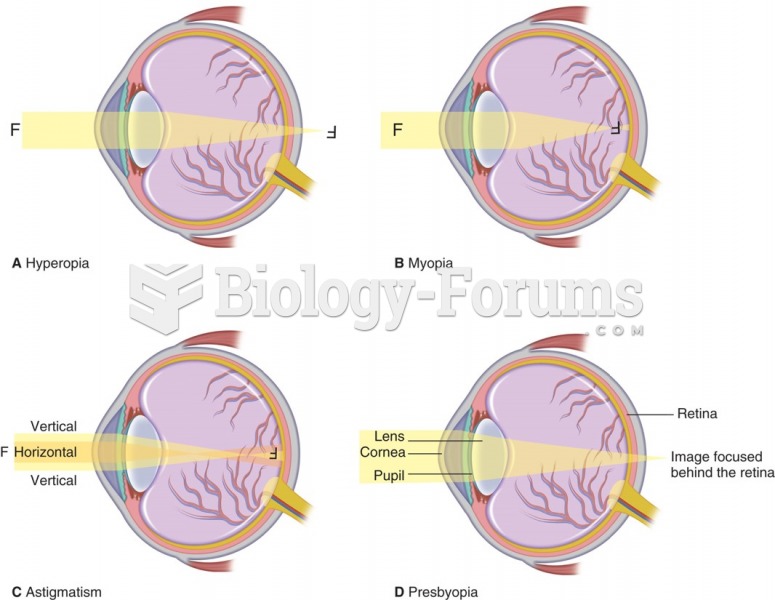|
|
|
Glaucoma is a leading cause of blindness. As of yet, there is no cure. Everyone is at risk, and there may be no warning signs. It is six to eight times more common in African Americans than in whites. The best and most effective way to detect glaucoma is to receive a dilated eye examination.
In 1885, the Lloyd Manufacturing Company of Albany, New York, promoted and sold "Cocaine Toothache Drops" at 15 cents per bottle! In 1914, the Harrison Narcotic Act brought the sale and distribution of this drug under federal control.
Acetaminophen (Tylenol) in overdose can seriously damage the liver. It should never be taken by people who use alcohol heavily; it can result in severe liver damage and even a condition requiring a liver transplant.
Most childhood vaccines are 90–99% effective in preventing disease. Side effects are rarely serious.
In the United States, an estimated 50 million unnecessary antibiotics are prescribed for viral respiratory infections.
 This battery-powered tester uses light-emitting diodes (LEDs), meter lead terminals, and two small ...
This battery-powered tester uses light-emitting diodes (LEDs), meter lead terminals, and two small ...
 Steel-toed shoes are a worthwhile investment to help prevent foot injury due to falling objects. ...
Steel-toed shoes are a worthwhile investment to help prevent foot injury due to falling objects. ...





